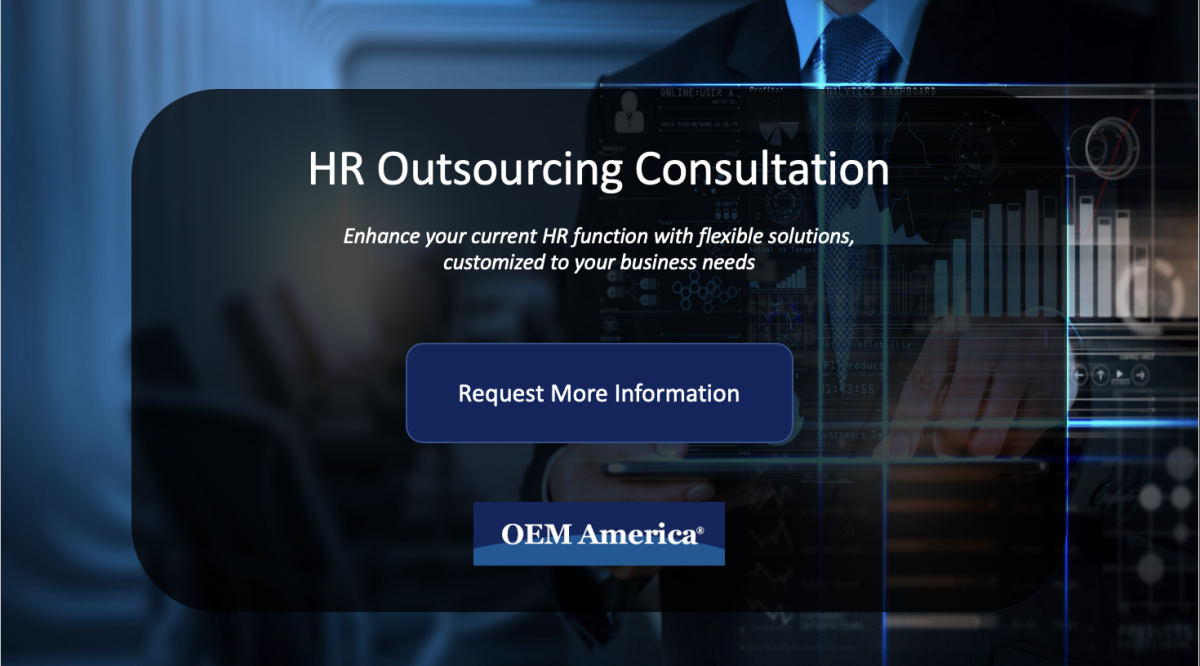What’s the Difference Between an ASO and a PEO?
If you’re considering outsourcing your HR needs, it’s possible you’ve come across two similar services: Administrative services organization (ASO) and professional employer organization (PEO). While they both provide services to small and mid-sized businesses, there are a few key differences you should know before calling one up.
What is an ASO
An ASO is a service businesses can utilize to outsource administrative functions, such as employee benefits, payroll, HR management, and so on. An ASO will manage the vendors your business chooses to work with.
What is a PEO
Similar to an ASO, a PEO allows a business to outsource their human resource functions, as well as payroll, improved benefits packages, and compliance. A PEO acts as an extension of your business to help address employee-related matters.
How They Differ
Those descriptions might sound pretty similar, but let’s go over how they actually differ.
Third-Party Vendors
One of the main differences between the two is that ASOs require you to select and manage the third-party vendors you want to work with, where a PEO will choose and manage them for you. While it may seem counterintuitive not to choose your own vendors, this is actually a major plus of working with a PEO.
Insurance language can be difficult to understand, and can make it difficult to choose a vendor when it comes time to select plans. A PEO on the other hand knows the ins and outs of insurance companies as they provide them to you. Their job is to find a vendor that will be a good fit for your business’ needs, rather than leaving it up to you to decide.
Volume Pricing for Benefits
Unfortunately, ASOs don’t get volume pricing for purchasing benefits like life insurance for small employers. With a PEO, you’ll be lumped in with their other clients when they procure benefits in order to get volume pricing.
ASOs could potentially manage an insurance carrier for each of their clients, as they all chose their own vendors. A PEO will choose a single carrier that will provide the right level of benefits for each of their clients, and have access to more robust packages as they’re viewed as a larger group.
Compliance
Because a PEO is considered a co-employer, their interests are focused on taking care of the employees of their clients. This means they are very focused on compliance and liability, and want to ensure their employers are trained in how to handle employee situations.
ASOs are essentially consultants, and while they have good intentions for their employers, their main focus isn’t always compliance, or handling employee liability situations.
How to Choose
Now that we’ve determined the difference between PEOs and ASOs, here are a few things to consider before choosing:
- Identify what you want to outsource and your needs. Understanding if you want to deal with choosing your own vendors- or hand them off to a partner who can handle them for you- is going to be a vital decision when choosing.
- Is the organization certified by a third party like the IRS or ESAC?
- Find out how long they’ve been around, their turnover rates, or if they have experience working with other clients in your industry.
- Understand how they select and manage their insurance vendors.
Go Back
